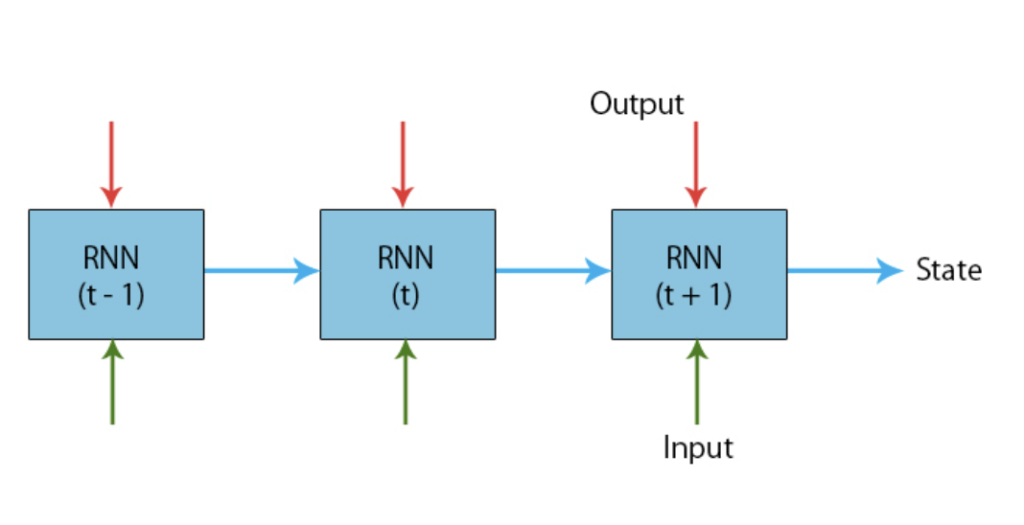Some common deep learning algorithms include convolutional neural networks (CNNs), recurrent neural networks (RNNs), and long short-term memory (LSTM) networks. These algorithms are all types of neural networks that are designed to work with large amounts of data and to automatically learn from that data. CNNs are often used for image recognition tasks, RNNs are commonly used for natural language processing tasks, and LSTMs are often used for time series forecasting.
Convolutional neural networks (CNNs):
A convolutional neural network (CNN) is a type of deep learning algorithm that is commonly used for image recognition tasks. It is called a convolutional neural network because it uses a mathematical operation called convolution to process the input data.
Convolution is a mathematical operation that applies a filter to an input to produce a new, transformed output. In the case of a CNN, the filter is applied to the input image, and the output is a feature map that contains the transformed version of the input image. This feature map is then processed by subsequent layers in the network, with each layer applying its own set of filters to the input data.
The advantage of CNNs is that they are able to automatically learn and extract useful features from the input data, allowing them to achieve very high accuracy on image recognition tasks. They are also relatively efficient, making them well-suited for use in real-world applications.

Recurrent neural networks (RNNs):
A recurrent neural network (RNN) is a type of deep learning algorithm that is commonly used for natural language processing tasks. It is called a recurrent neural network because it makes use of feedback connections, allowing information to flow in a loop through the network.
The key difference between RNNs and other types of neural networks is that RNNs can process sequences of data, such as sentences in a paragraph or frames in a video. This makes them well-suited for tasks such as language translation, speech recognition, and text generation.
RNNs are typically trained using a variant of backpropagation called backpropagation through time (BPTT), which allows the network to learn from long sequences of data. Like other deep learning algorithms, RNNs are able to automatically learn and extract useful features from the input data, allowing them to achieve very high accuracy on natural language processing tasks.

Long short-term memory (LSTM) networks:
Long short-term memory (LSTM) networks are a type of recurrent neural network (RNN) that are capable of learning long-term dependencies in data. They are called “long short-term memory” networks because they are able to retain information for long periods of time, while also being able to learn and adapt to new inputs.
LSTM networks are typically composed of a series of LSTM cells, which are similar to the neurons in a traditional neural network. However, each LSTM cell has a number of additional structures called gates, which are used to control the flow of information through the cell. This allows LSTM cells to retain relevant information for long periods of time, while also being able to forget irrelevant or outdated information.
LSTM networks are commonly used for tasks such as time series forecasting and language translation. They are able to achieve very high accuracy on these tasks, and are often the state-of-the-art in terms of performance.


